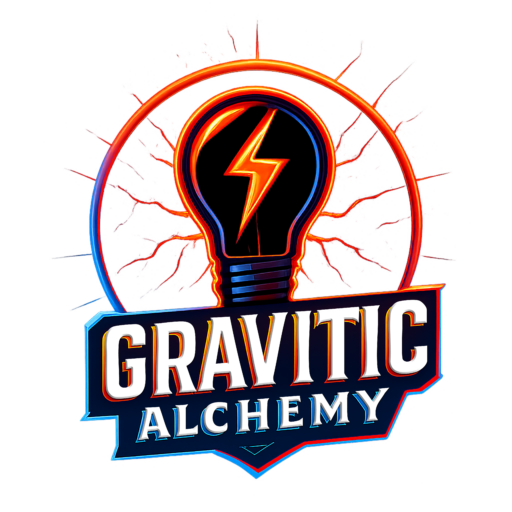From Theory to Thrusters — Building the Future with Waves, Not Wishes
This isn’t just a theory to read — it’s a framework to build with.
Acoustic Gravitic Theory isn’t locked behind equations no one can test. It’s made of waves, pressures, and frequencies — phenomena that can be generated, measured, and manipulated with tools already available to engineers, labs, and serious inventors.
If gravity is an acoustic pressure force, then it can be modulated, canceled, and even reversed. That opens the door to propulsion systems that don’t need propellant, to artificial lift that doesn’t burn fuel, and to machines that move not by overcoming mass, but by tuning into the hidden rhythm of the universe.
Prediction #1: Infrasound Pressure Increases During Solar Events
What We Expect:
During solar flares or coronal mass ejections (CMEs), Earth’s atmospheric infrasound in the 0.01–0.03 Hz range should spike in amplitude by 10–25%, and shift in phase by 15°–30°, especially across latitudinal baselines.
How to Test It:
Deploy infrasonic microphones and pressure sensors across wide regions. Compare Earth-based pressure data with timestamps from Parker Solar Probe, GOES, and THEMIS satellite logs. Correlate spike patterns during solar events to prove solar wave coupling.
Why It Matters:
If pressure changes are tied to solar wave injection, then gravity itself responds to solar conditions — and becomes an environmental variable, not a universal constant.
Prediction #2: Orbital Distances Align with Magnetosonic Wave Nodes
What We Expect:
Planetary orbital distances should correspond to high-order harmonics of solar standing magnetosonic waves, calculated from wave speed (~400 km/s) and p-mode frequencies (~3 mHz).
How to Test It:
Use harmonic equations to model node spacing in the heliosphere. Overlay predicted wave trough distances with actual planetary orbits. Earth, for example, aligns with the 2,244th harmonic — this isn’t coincidence, it’s resonance.
Why It Matters:
If orbits fall into wave troughs, planets aren’t pulled by mass — they’re cradled by standing waves. This replaces the gravitational well with a resonant cavity model, and enables a new form of orbital positioning technology.
Prediction #3: Destructive Phase Interference Can Reduce Weight
What We Expect:
Introducing a precisely inverted low-frequency pressure wave, 180° out of phase with Earth’s background infrasound, will result in a measurable reduction of net downward force — a microgravity zone.
How to Test It:
Build a closed acoustic chamber with real-time waveform calibration. Emit phase-inverted oscillations via piezo drivers or magnetic pistons. Suspend a 1-gram object in the field and measure weight deviation using precision strain gauges or interferometers.
Why It Matters:
This is the core of anti-gravity — not magic, but wave cancellation. Proving it at micro-scale opens the path to scalable lift platforms, hover systems, and next-gen propulsion.
What You Can Build Today
- Wave-Canceling Anti-Gravity Prototype: A 10 cm³ chamber using off-the-shelf waveform generators and subwoofers
- Orbital Harmonics Simulator: Simple Python model to map solar wave nodes and test alignment to planetary data
- Atmospheric Pressure Logger: A DIY field sensor setup to track infrasound shifts during solar flare windows
- Plasma Impedance Lens Tester: Using dielectric waveguides and EM field variation to test light bending through gradients
Why This Matters
This isn’t just a new theory. It’s a working blueprint for the kind of technologies that used to exist only in comics, concept art, or cartoons.
It’s a map back to the future we were promised:
🔹 Hoverboards.
🔹 Flying cars.
🔹 Personal spacecraft.
🔹 Energy without combustion.
🔹 Movement without thrust.
You don’t have to wait for NASA to unlock the next frontier.
You can build it. You can test it.
And with Acoustic Gravitic Theory — you finally have the physics to back it up.
